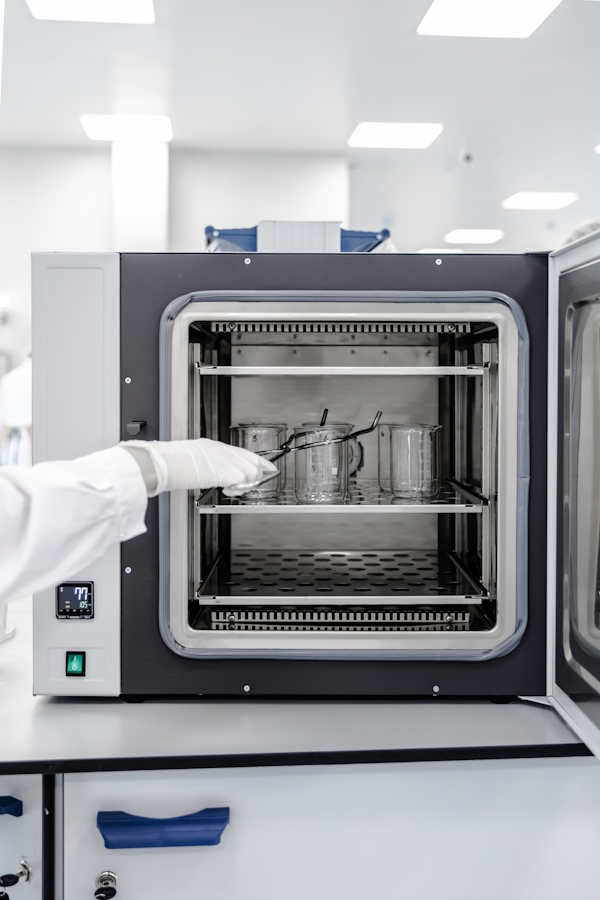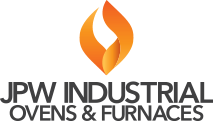 In the manufacturing world, where precision and consistency dictate success, industrial ovens have emerged as more than mere facilitators of heat processing. These ovens, from the smallest benchtop models to the largest walk-in enclosures, are the epicenter of material transformations, pivotal to the quality and properties of the products they yield. The often downplayed yet pivotal aspect of temperature uniformity profoundly impacts the final product. This blog post explores how temperature uniformity in industrial ovens becomes a keystone in maintaining high standards and producing with utmost precision.
In the manufacturing world, where precision and consistency dictate success, industrial ovens have emerged as more than mere facilitators of heat processing. These ovens, from the smallest benchtop models to the largest walk-in enclosures, are the epicenter of material transformations, pivotal to the quality and properties of the products they yield. The often downplayed yet pivotal aspect of temperature uniformity profoundly impacts the final product. This blog post explores how temperature uniformity in industrial ovens becomes a keystone in maintaining high standards and producing with utmost precision.
Importance of Uniformity
At its core, temperature uniformity in industrial ovens refers to the consistency of heat distribution within the chamber’s operational space. This seemingly minor detail is the gravitational force that keeps products rotating—or, in this case, stationed and processed—within the oven’s environment.
Defining Uniformity
Temperature uniformity measures how well a heating system can maintain the temperature within a specified range. For instance, an oven with high uniformity will keep the temperature differential across its interior low, ensuring that products in all areas are exposed to the same heat levels, thereby undergoing identical processing conditions.
Problems with Non-Uniform Heating
Non-uniform heating can lead to portions of a product being over- or under-processed, resulting in irregularities, such as weak spots, non-uniform mechanical properties, or inconsistent chemical reactions. For sensitive materials and intricate processing profiles, this can be catastrophic.
Beyond quality concerns, non-uniformity also impacts energy efficiency. In an industrial complex where energy bills can make or break profit margins, the ability to heat a product uniformly reduces energy wastage due to prolonged heating times and increases throughput efficiency.
In practical terms, industrial ovens are designed to apply heat to a substance in a controlled setting. However, precise temperature management within these ovens sets the stage for predictable outcomes.
- Variability
The variability in temperature uniformity across ovens and different areas within an oven can create a taxonomic haven for processing defects, necessitating onerous post-processing quality control efforts to sift out the substandard units. - Benchmarking Temperature Uniformity Standards
Different industries have distinct requirements that demand specific temperature uniformity standards from their ovens. Standardizing temperature uniformity allows for apples-to-apples comparisons between different ovens, ensuring that the applied heat treatment’s success can be replicated across different batches over time. - The Impact on Products
Precision oven temperature control affects numerous product properties, including homogeneity, hardness, strength, and even aesthetic characteristics. Deviations in these properties can provide end-users with unpleasant surprises, from brittle materials that fail under relatively mild conditions to products with an unappealing surface finish. - Meeting Compliance Requirements
Industries with stringent regulatory requirements, such as the pharmaceutical sector, must rely on ovens that guarantee stringent uniformity to ensure every product batch complies with mandated specifications. - Innovations in Design
The design of the oven’s chamber, including the placement of heating elements and efficient air circulation, is pivotal. Modern ovens leverage computational fluid dynamics to lay out airflow patterns that homogenize the temperature distribution. - Control System Mastery
Sophisticated control systems featuring multiple sensors and feedback mechanisms continually adjust heating elements to counteract deviations, ensuring that temperature uniformity is maintained even during dynamic loads and process changes. - The Role of Insulation
Insulation materials play a critical part in an oven’s temperature uniformity by reducing thermal gradients. Advances in insulation technologies have allowed for better control of heat loss and, consequently, better control over the internal environment.
The Case of Different Industries
- Semiconductor Successes
In semiconductor manufacturing, where even tiny variations can lead to massive defects, ovens with unparalleled uniformity ensure consistent wafer processing that is accessible from anomalies. - Automotive Precision
Automotive manufacturers rely on uniform ovens to ensure product consistency from batch to batch, allowing for precise component fitting and performance predictions. - Pharmaceutical Perfection
In the pharmaceutical industry, lives can depend on the predictable chemical reactions that uniform ovens facilitate, underlining how temperature uniformity is not just about quality but also safety.
The Future of Industrial Oven Uniformity
Achieving exact temperature uniformity stands as a crucial hurdle in the manufacturing industry. This is where JPW Ovens and Furnaces emerge as pivotal allies, harnessing cutting-edge materials, innovative design, and sophisticated technologies to offer unparalleled control over temperature. The precision found in JPW’s solutions exemplifies the seamless combination of accuracy and the hands-on necessities of fabrication. As industries evolve towards zero-defect production and lean inventory practices, JPW Ovens and Furnaces are instrumental in ensuring that each product meets and surpasses the stringent reliability and quality standards. This commitment places us at the forefront, redefining excellence and providing unmatched customer consistency regardless of the batch size.


